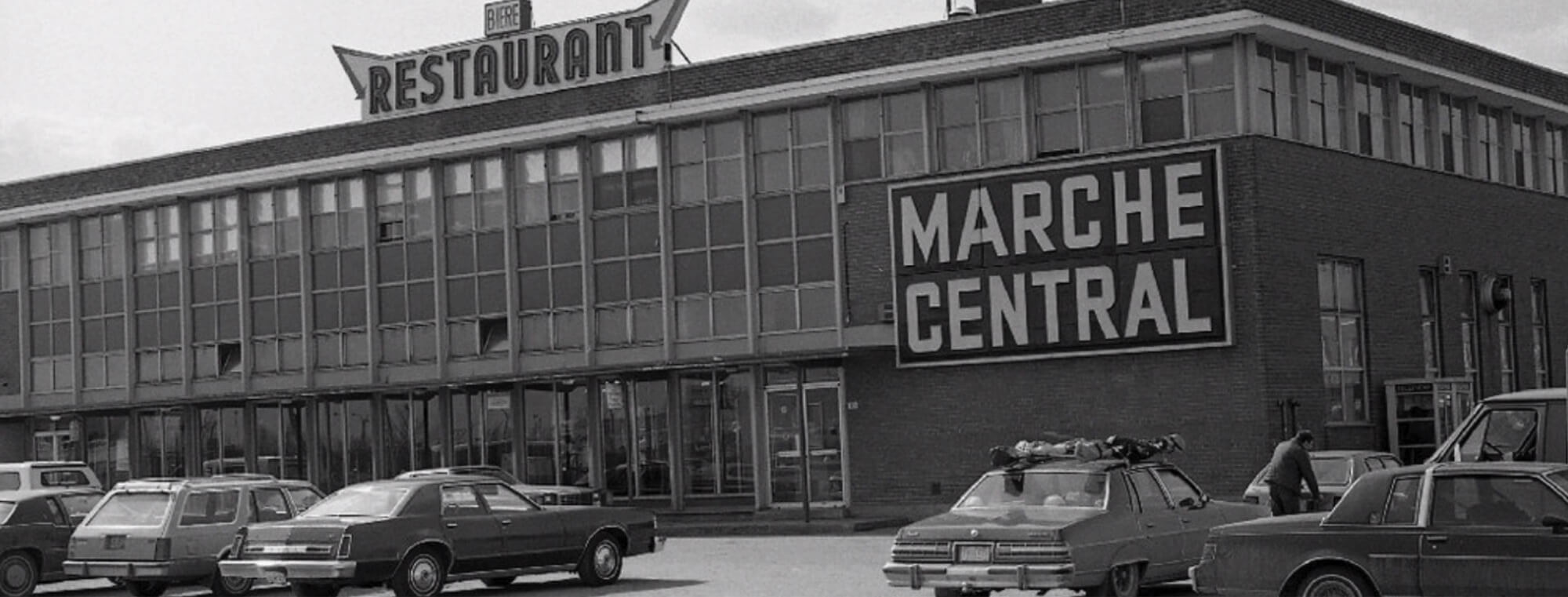A glance at the past
Into the world of streetcars
The portrait changed drastically with the advent of the industrial era. Urbanization was in full swing and the territory covered by the current DC was no exception to the trend. Many industries of interest settled in the area and contributed to Montreal’s economic growth. Les Ateliers Youville was one of these key players. Built in 1907 between Crémazie Boulevard and Louvain Street, they maintained the fleet of the streetcar company (the forerunner of the STM). At the peak of its activities, some 300 people worked within these walls. During the golden age of this mode of transportation (the1920s), more than 900 of these vehicles circulated throughout Montreal, transporting more than 200 million passengers each year.
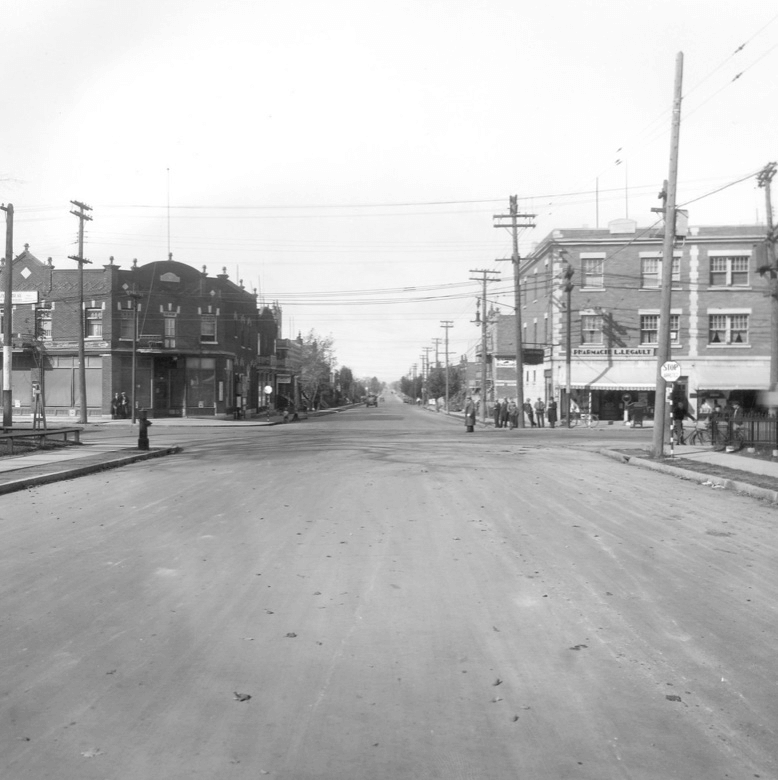
471, CRÉMAZIE EAST
(YEAR 1930-1940)

TAXI STATION
IN THE CENTRAL DISTRICT
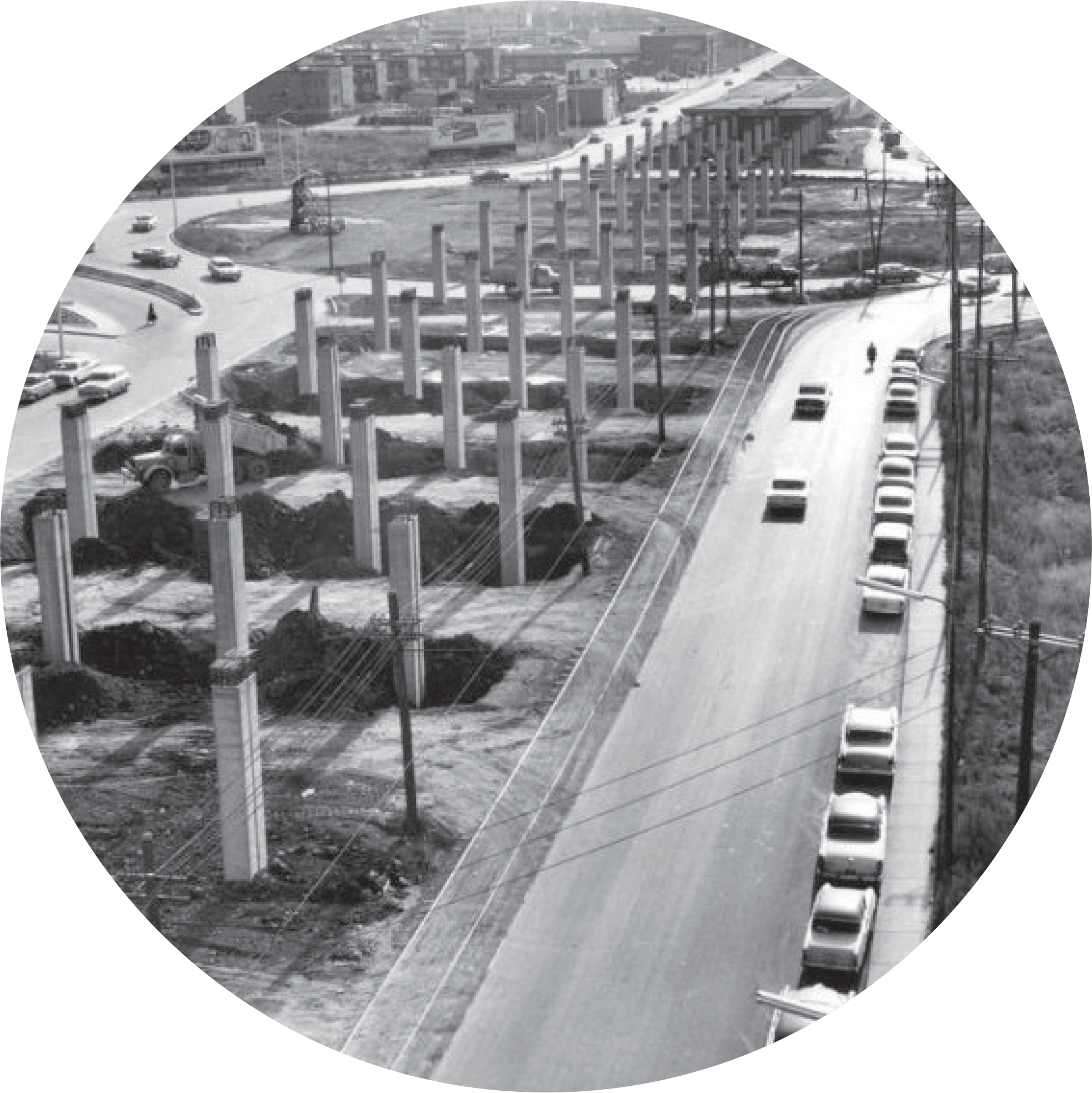
METROPOLITAN HIGHWAY
IN CONSTRUCTION
A military contribution
Its purpose changed with the outbreak of World War I. Workshops were demolished and converted to make shells. They underwent a new transformation much later on, in1963, returning to its original mission – this time for the maintenance of STM (Société de transport de Montréal) metro cars.
Another business saw its fate linked to the war effort: Montreal Works. It appeared not far from Chabanel Street, in 1942. It manufactured cartridges for the Steen machineguns, for British soldiers on the battlefields of World War II. Until 1945, close to 9,000 workers were employed, also manufacturing ammunition for a factory in Verdun. This fine example of the military industrial heritage would disappear from the landscape in 2016.
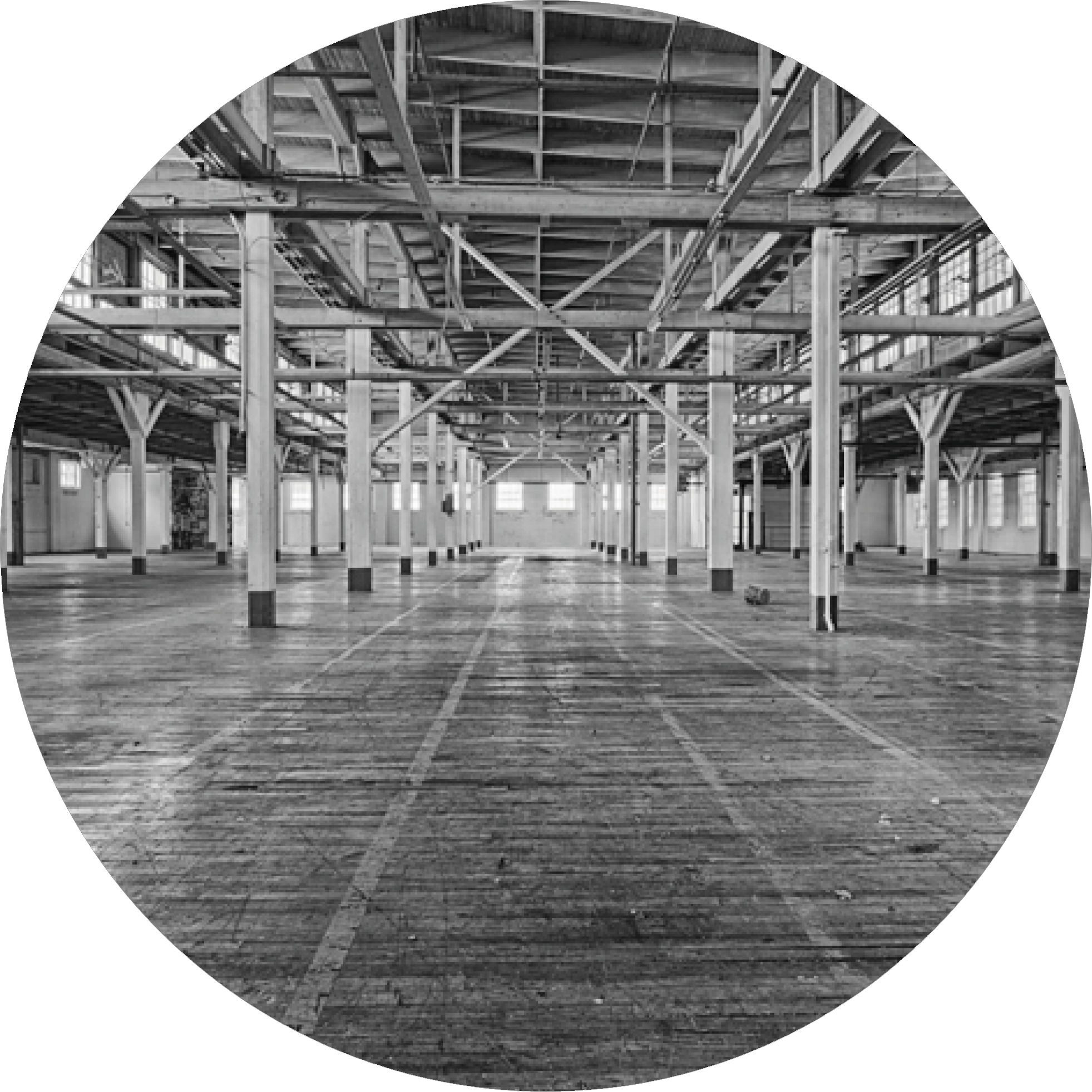
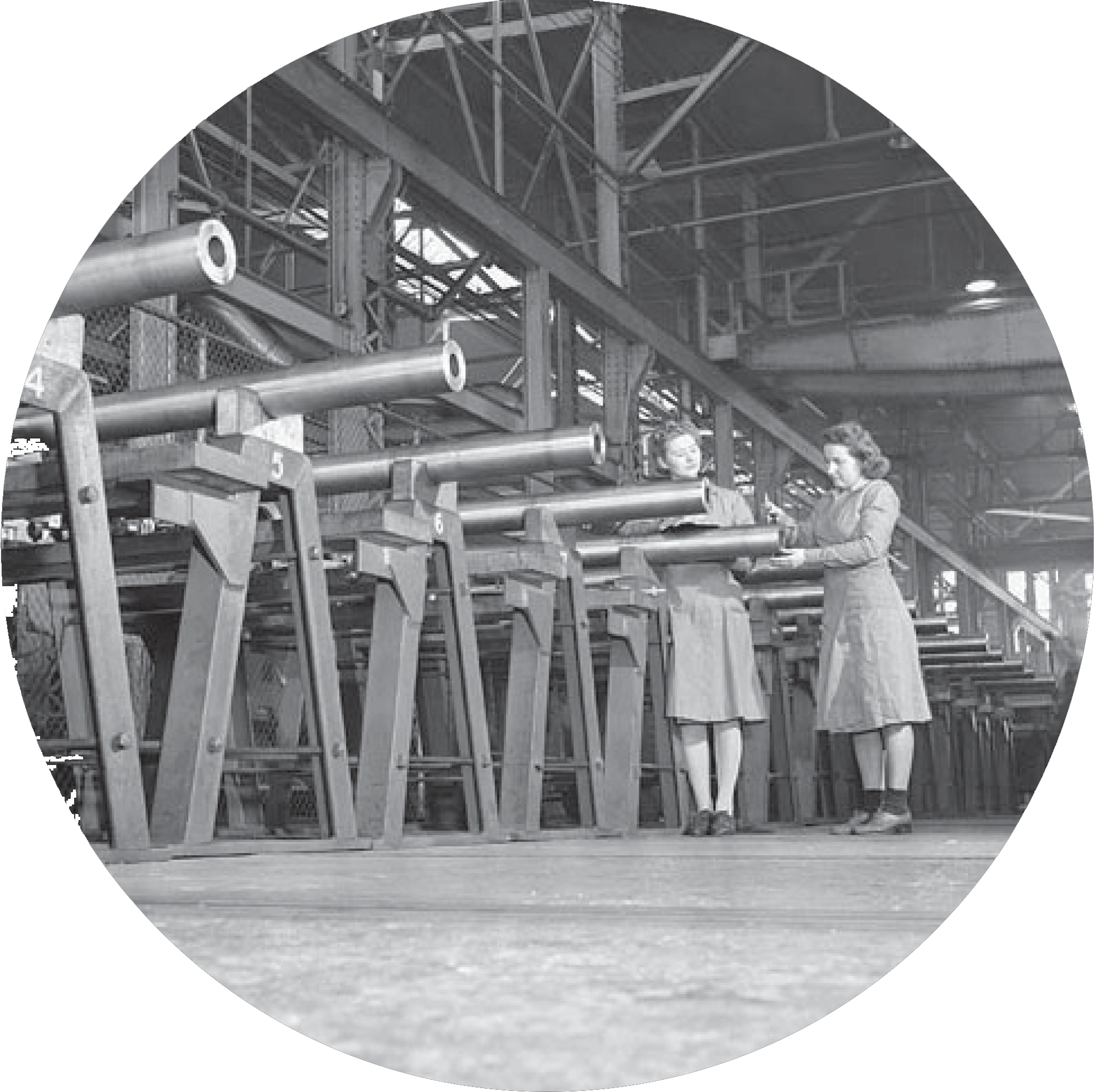
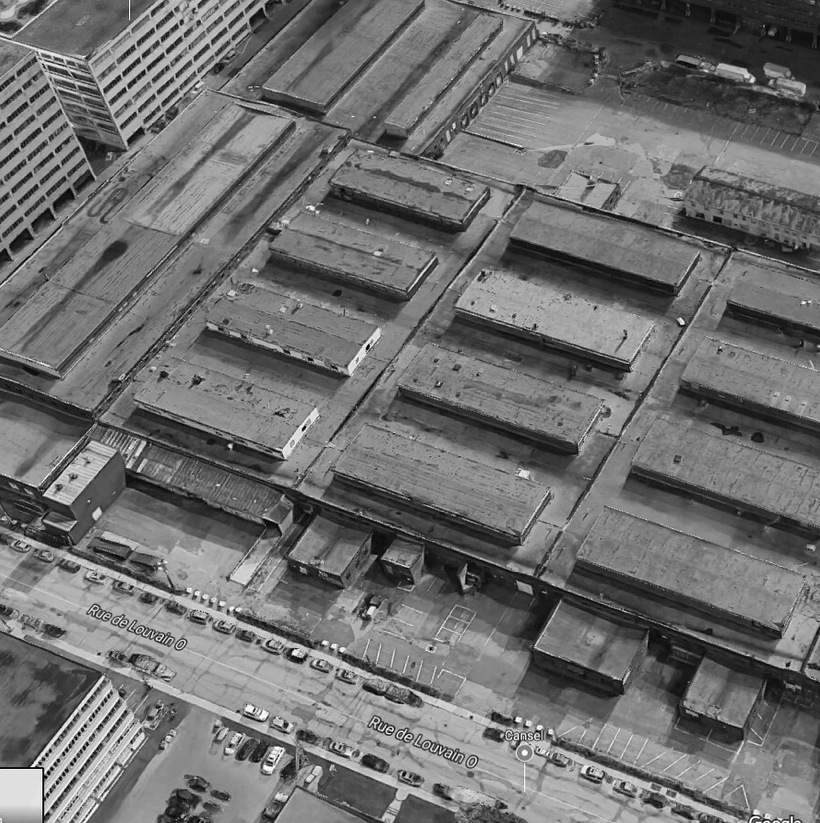
THE "MONTREAL WORKS" ARMAMENT FACTORY AT THE CORNER OF LOUVAIN WEST AND L’ESPLANADE
The epicentre of fashion
During the 1950s and 1960s, a real shift was initiated. The sector became the hot spot for market gardeners who had left the Bonsecours Market, in Old Montreal, which had become too small for their operations. They planted their fruits and vegetables in what would become a major commercial centre in Canada: Marché Central. Located at the intersection of highways 15 and 40, this colossus, home to a wide range of businesses, is reminiscent of the area’s deep-rooted history in agriculture.
The textile industry also planted roots in the District Central, after the Lachine Canal in the 1850s, and then the Hochelaga district. For 20 years, this sector experienced tremendous growth. Between the emblematic Chabanel Street and Saint-Laurent Boulevard, there was no shortage of work. Manufactures were running at full speed, helping to change the size and image of the area. This industrial district was often referred to as the Fashion City and was previously known for trade, contributed to the influence of this city with 100 bell towers. In 1982, the textile sector accounted for 30% of direct manufacturing jobs in the metropolis.
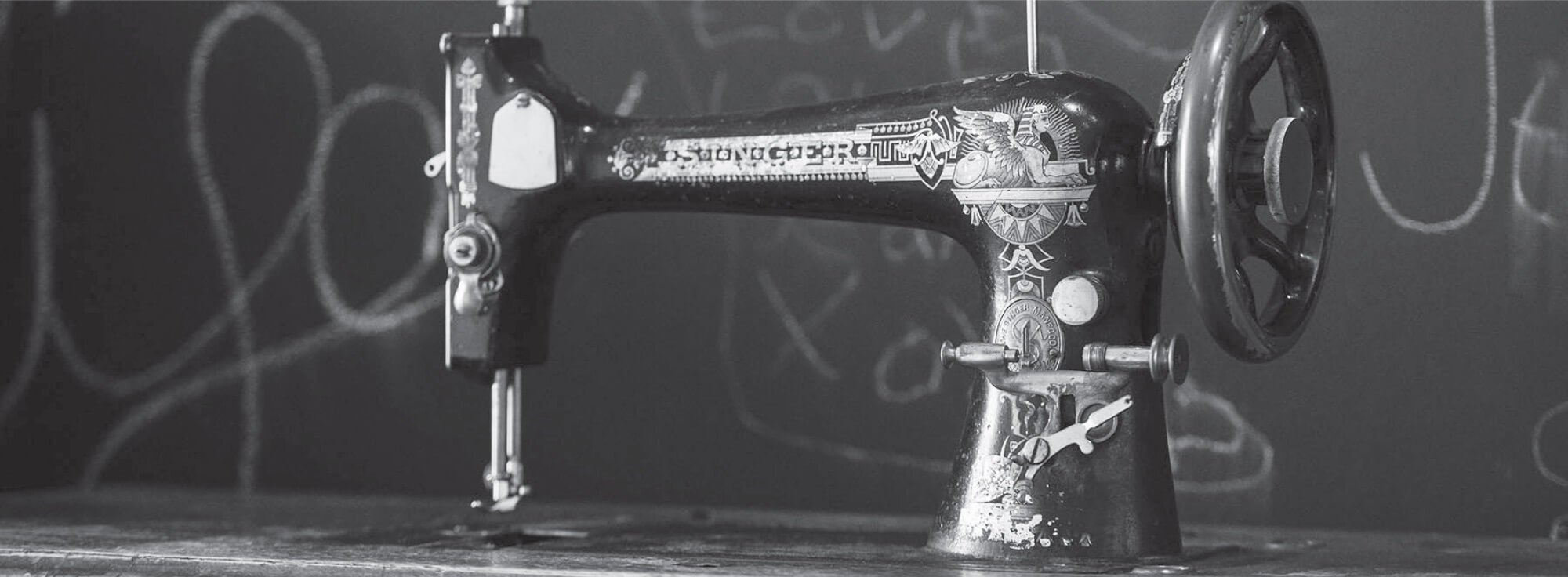
Decline and rebirth
Things got worse in the 90s with the opening of international markets, especially China. This new competition hit the neighbourhood hard and the area was in decline. It wasn’t until the 2000s that the district started to regain its sizzle, driven in particular by public authorities, private partners and real estate owners who joined forces to initiate a revival that the Société de développement commercial (SDC) has been a part of since 2016. For the first time in the district’s history, there is a neutral and structured body working to revitalize the neighbourhood.
Now on a new path, this area of some 2,100 businesses has started to write a new page in its rich history. While textiles still have a role to play, new technologies, design and urban manufacturing are breathing new life into this once attractive neighbourhood. Its many vacant premises, the quality and robustness of its infrastructure, its affordable rents and easy access to public transit and highways are just a few of its many assets. And, it intends to fully take advantage of the opportunity to generate new buzz about it.
